Bears are majestic creatures that often incite both awe and fear in humans.
While encountering a bear in the wild can be intimidating, not all aggressive-looking behaviors are as they appear.
Many actions that seem threatening are actually expressions of fear.
Understanding these behaviors can prevent unnecessary panic and promote coexistence between humans and bears. This article explores 11 common bear behaviors that are frequently misunderstood.
By learning to read these signals, you can enhance your safety and appreciation for these incredible animals.
Bluff Charging
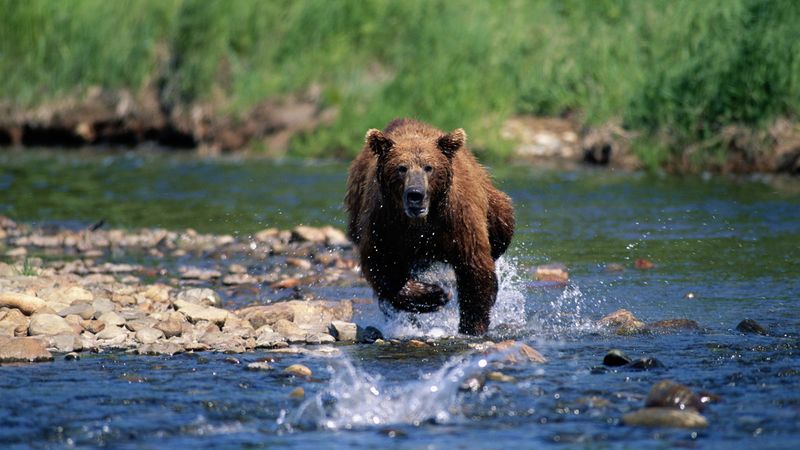
Imagine being in the woods and witnessing a bear suddenly rushing towards you, only to veer off at the last moment. This is known as a bluff charge. It is a common behavior exhibited by bears when they feel threatened or cornered.
The sight of a massive animal running at high speed can be terrifying, but it’s crucial to understand that the bear is not necessarily intending harm.
Bluff charging is a way for the bear to assert dominance and scare off potential threats. By recognizing this behavior, you can remain calm and avoid escalating the situation.
Jaw Popping
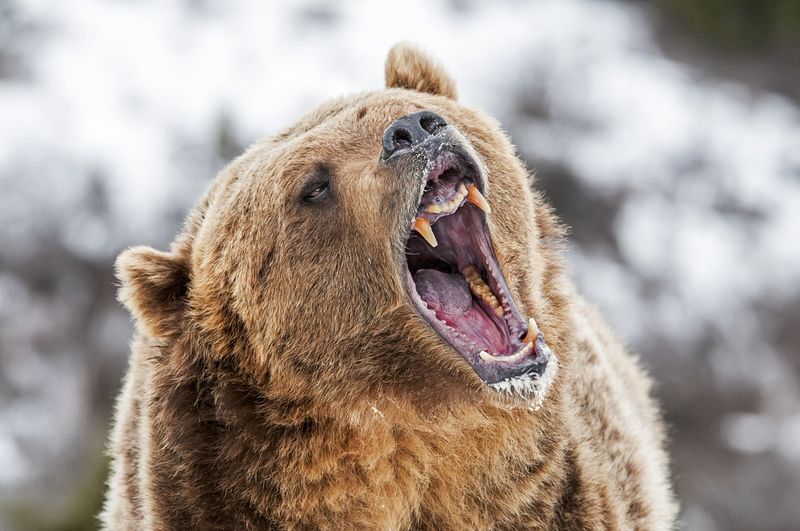
Standing in the presence of a bear, you might hear a popping or clacking sound emanating from its jaw. This unsettling noise is known as jaw popping, a sign that the bear is anxious or nervous.
This behavior often occurs when a bear feels trapped or cornered. Jaw popping serves as a warning to perceived threats, communicating the bear’s discomfort.
While it may seem aggressive, understanding this sound as a fear response allows for a more measured reaction. Recognizing jaw popping can prevent dangerous misunderstandings and promote safer encounters.
Huffing and Puffing
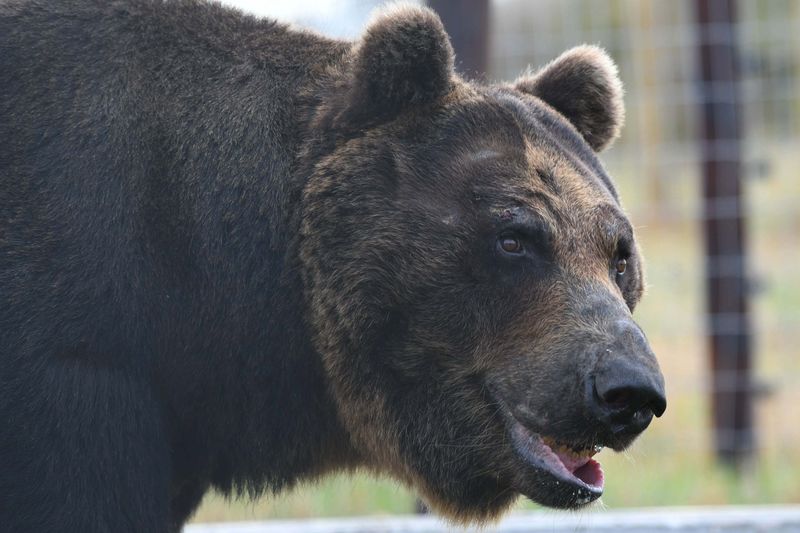
Huffing and puffing might remind you of storybook wolves, but in bears, it’s a different tale. When you hear a bear exhaling loudly, it’s often a sign of distress or agitation.
This behavior is typical when a bear feels uncomfortable or threatened by nearby presence. Bears use these vocalizations to express fear rather than aggression.
By huffing and puffing, the bear is attempting to communicate its stress levels. Recognizing this can help de-escalate potential conflicts, ensuring a peaceful retreat for both parties.
Standing Upright
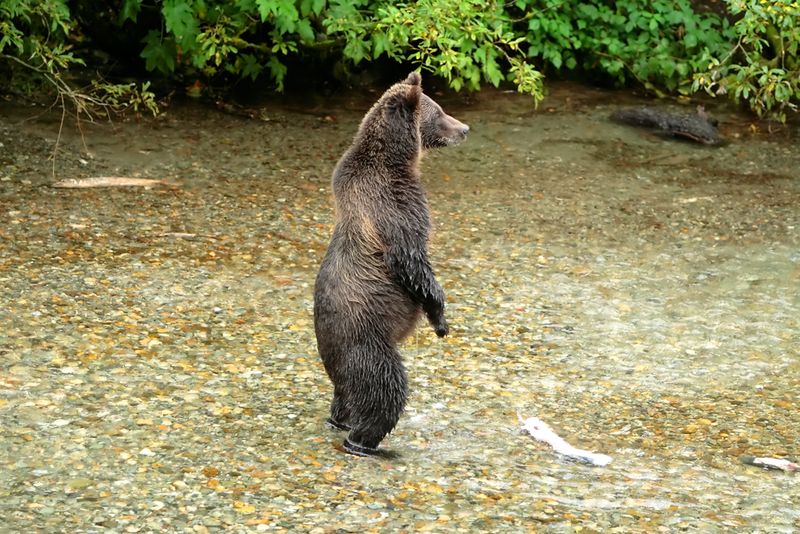
A bear rising onto its hind legs is an intimidating sight, reminiscent of a creature preparing to attack. However, this behavior is more about curiosity than aggression.
Bears stand upright to get a better view of their surroundings and assess what’s happening around them. While it may appear threatening, this posture indicates that the bear is unsure and trying to gather information.
Understanding this behavior can transform a potentially frightening moment into an opportunity to calmly assess the situation and maintain your safety.
Clawing the Ground
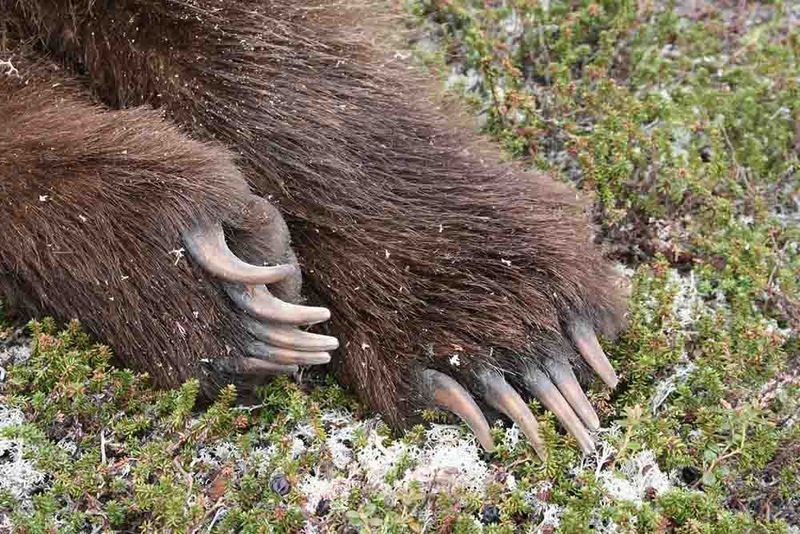
Witnessing a bear clawing the ground might seem like an aggressive display, but it’s often a manifestation of insecurity. When bears are anxious, they may scratch or paw at the earth.
This behavior is a way for the bear to release tension and display nervousness. Rather than preparing for an attack, the bear is trying to communicate its unease.
Recognizing clawing as a sign of fear rather than aggression can help you remain calm and avoid unnecessary confrontation in the wild.
Snorting Sounds

The sound of a bear snorting may conjure images of aggression, yet it often reflects nervousness. Bears make these noises when they feel uneasy or threatened.
The snorting serves as an alert, warning others of their presence and discomfort. This communication method, although potentially alarming, is mostly a defense mechanism.
Understanding snorting as a signal of fear can help you approach the situation with caution and empathy, ensuring that both you and the bear can safely part ways.
Saliva Dripping
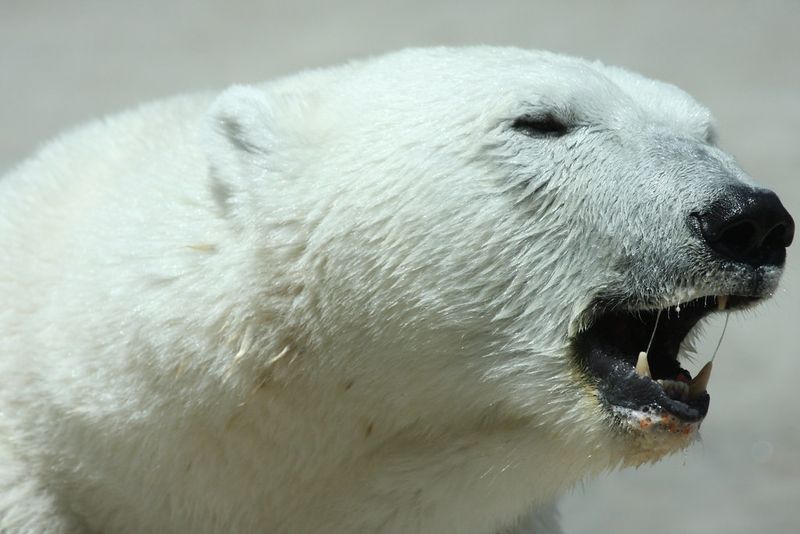
Seeing a bear with saliva dripping from its mouth might seem like a predatory sight, but it often indicates stress or fear. Salivation can increase in bears when they are anxious, often accompanying other signs of nervousness.
This physiological response helps to convey the bear’s discomfort. Recognizing saliva dripping as a non-aggressive behavior allows you to maintain calmness and a safe distance, reducing the likelihood of provoking the bear further.
Ear Flattening
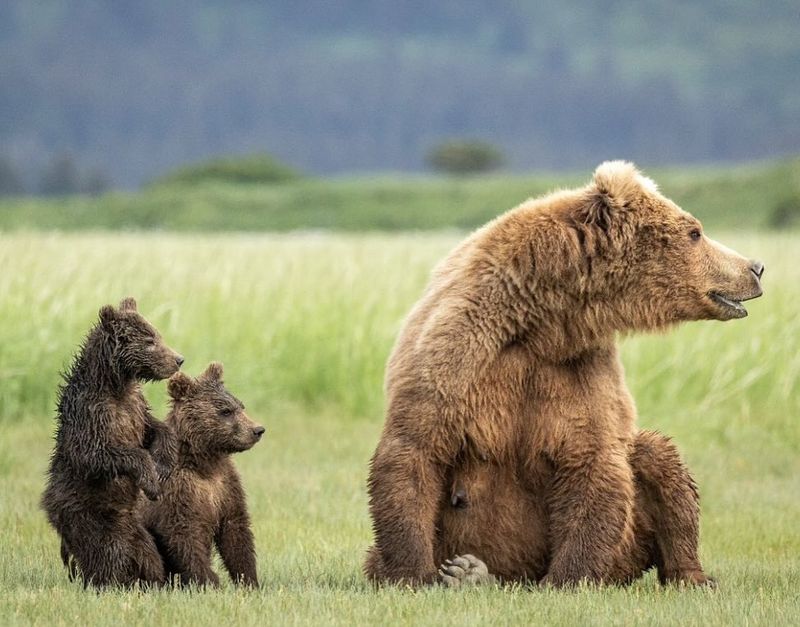
Ears pinned back against a bear’s head might suggest aggression, but it’s usually a sign of fear or submission. This behavior is common when bears feel threatened and want to appear less confrontational.
Ear flattening is a way to communicate unease and readiness to back away if necessary. Understanding this signal can help you respond appropriately, avoiding actions that could escalate the bear’s fear into defensive aggression.
Staring Intently
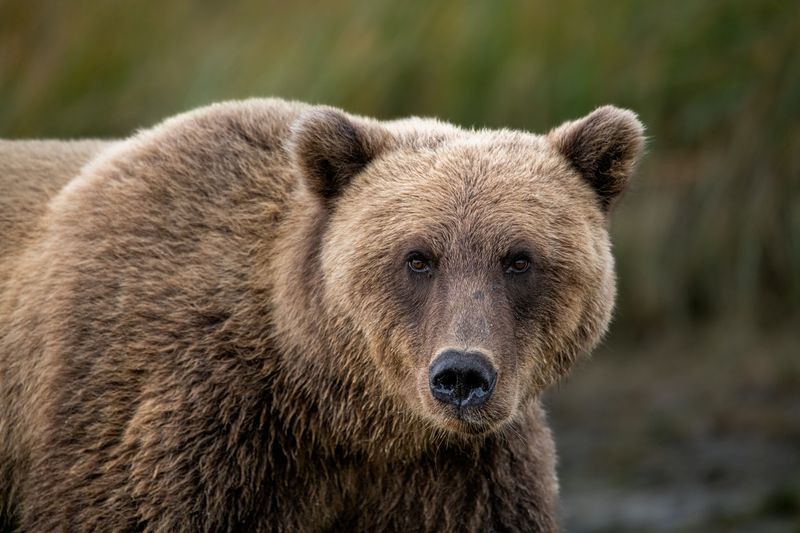
If a bear fixes you with an intense stare, it might be unsettling. However, this is not necessarily a prelude to aggression. Bears stare to gather information and assess whether you are a threat.
In the animal kingdom, eye contact is a form of communication. For bears, it’s a way to express curiosity mixed with caution. It reflects their need to understand what they’re facing.
Recognizing this behavior as a sign of assessment rather than aggression can help you remain calm and avoid provoking the bear.
Body Shaking
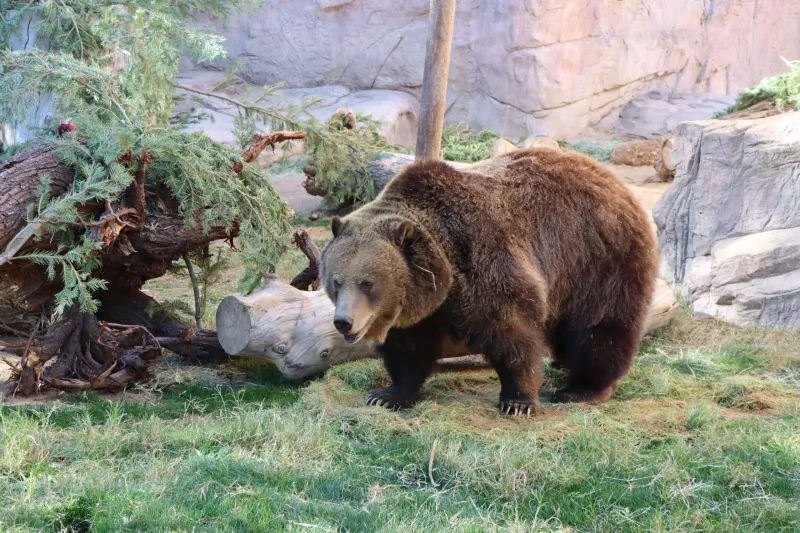
A bear shaking its body might resemble an aggressive display, but it’s typically an expression of fear or tension. This behavior can occur when bears feel overly stressed and need to relieve their anxiety physically.
The act of shaking helps the bear manage its fear and is not intended as a threat. Understanding this behavior as a stress response allows for a more empathetic interaction, promoting safety for both you and the bear.
Backing Away Slowly
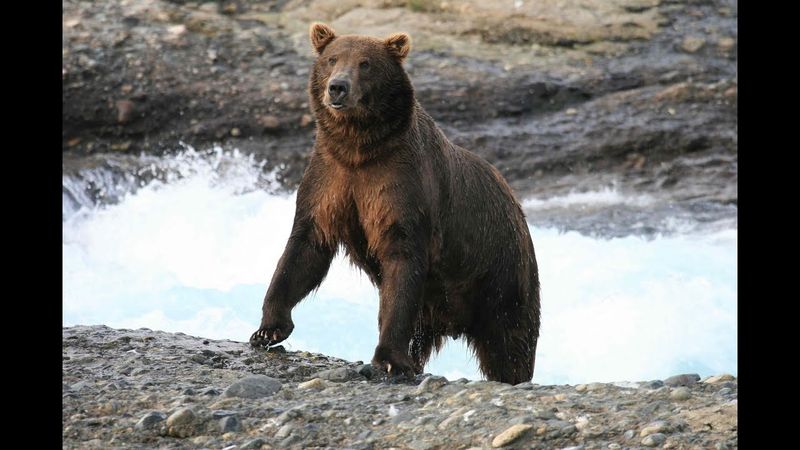
Observing a bear backing away slowly may seem counterintuitive to aggression, yet it’s a clear sign of fear and caution. Bears retreat in this manner when they wish to avoid conflict but remain alert to potential threats.
This behavior underscores the bear’s preference for safety over confrontation. By recognizing a slow retreat as a peace gesture, you encourage a non-threatening environment, ensuring both you and the bear can move away safely.

